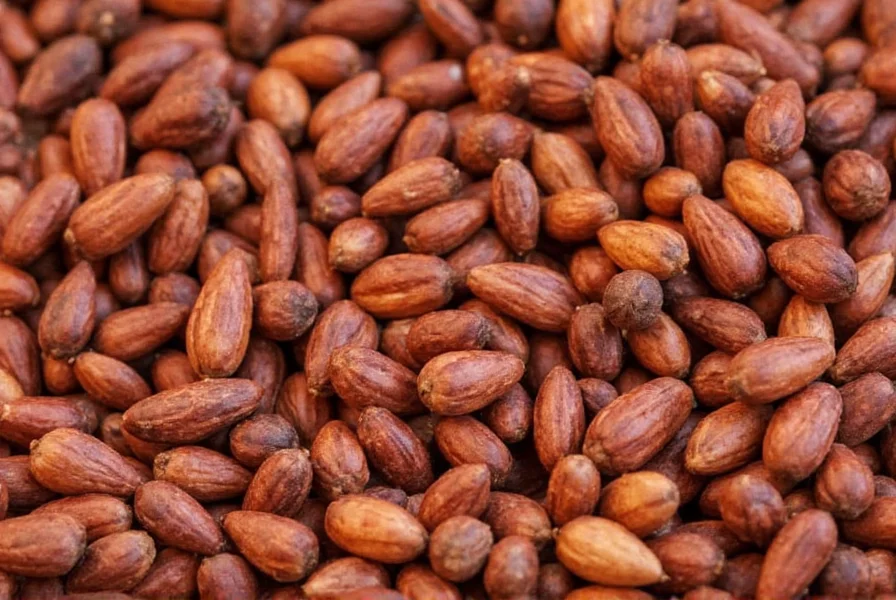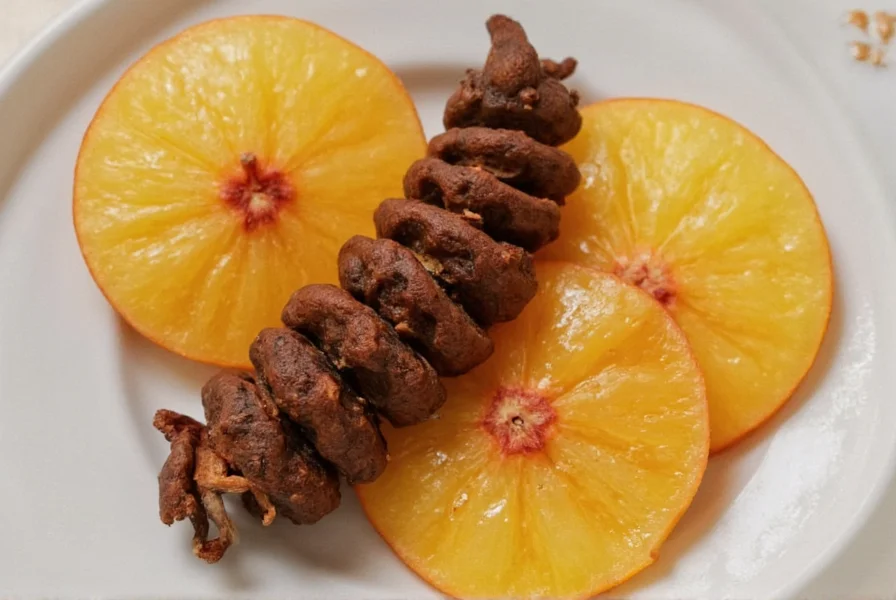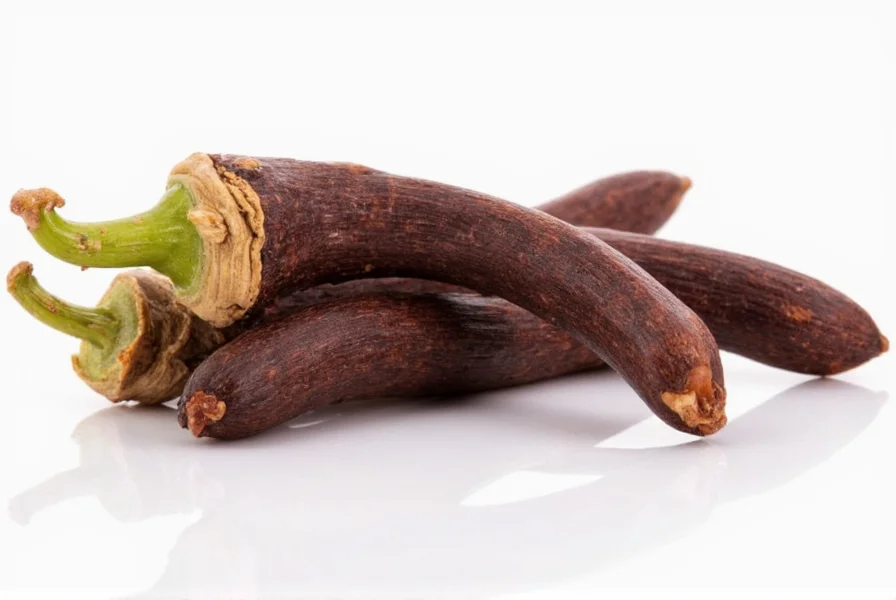Understanding how to correctly use and pronounce \"clavo\" can significantly enhance your Spanish language skills, especially when navigating recipes, grocery shopping, or discussing traditional remedies in Spanish-speaking regions. Unlike direct English translations that might cause confusion, \"clavo\" serves as the universal term for this spice throughout the Spanish-speaking world.
Understanding \"Clavo\": More Than Just a Translation
While \"clavo\" directly translates to \"clove\" in English, this simple translation only scratches the surface. In Spanish culinary contexts, you'll often encounter the fuller term \"clavo de olor\" (literally \"clove of smell\"), which specifically distinguishes the spice from \"clavo\" meaning \"nail\" (as in a metal fastener). This distinction proves crucial when following authentic recipes or communicating with native speakers.

Pronunciation Guide for Language Learners
Mastering the pronunciation of \"clavo\" ensures clear communication:
- \"Clah-VOH\" (with the stress on the second syllable)
- The \"c\" sounds like \"k\" in English
- The \"v\" is pronounced closer to a soft \"b\" sound
- The \"o\" at the end is a pure vowel sound, not drawn out
When using the complete phrase \"clavo de olor\", the stress pattern remains consistent: klah-VOH deh oh-LOR. Practicing this pronunciation helps avoid confusion with similar-sounding words in conversational Spanish.
Regional Variations and Usage Across Spanish-Speaking Countries
Unlike many food items that have significant regional naming differences, \"clavo\" maintains remarkable consistency across Spanish-speaking countries. Our research into regional culinary terminology confirms that whether you're in Mexico, Spain, Argentina, or Colombia, \"clavo\" remains the standard term for this spice.
| Country | Term for Clove | Common Usage Context |
|---|---|---|
| Mexico | Clavo de olor | Recipes, traditional medicine |
| Spain | Clavo | Cooking, grocery shopping |
| Argentina | Clavo | Culinary applications |
| Colombia | Clavo de olor | Traditional remedies, cooking |
Practical Applications: Using \"Clavo\" in Everyday Spanish
Knowing how to incorporate \"clavo\" into practical contexts proves invaluable for language learners. Consider these common scenarios:
Grocery shopping: \"¿Dónde están los clavos de olor?\" (Where are the cloves?)
Cooking: \"Necesito dos clavos para esta receta.\" (I need two cloves for this recipe.)
Traditional medicine: \"El clavo de olor ayuda con el dolor de muela.\" (Clove helps with toothache.)
Interestingly, in some Latin American countries, you might hear \"clavellina\" used for \"clove cigarette\" (a marijuana cigarette), but this represents a completely different context from the spice. Always use \"clavo de olor\" when referring to the culinary spice to avoid confusion.

Cultural Significance of Cloves in Spanish-Speaking Cultures
Cloves hold significant cultural importance across many Spanish-speaking regions. In Mexican cuisine, they feature prominently in traditional mole sauces and hot chocolate recipes. Across the Caribbean, cloves appear in spice blends for meats and stews. In Spain, they're essential for preparing certain cured meats and holiday dishes.
Traditional Spanish-speaking households often keep whole cloves in their pantries for both culinary and medicinal purposes. Many abuelas (grandmothers) across Latin America continue to use cloves as a natural remedy for toothaches and digestive issues, preserving knowledge passed down through generations.
Avoiding Common Mistakes with \"Clavo\"
Language learners frequently encounter these pitfalls when using \"clavo\":
- Mistaking \"clavo\" (clove) for \"clavo\" (nail) - context is crucial
- Incorrect stress pattern (saying CLAH-vo instead of klah-VOH)
- Omitting \"de olor\" in contexts where confusion might arise
- Using singular \"clavo\" when plural \"clavos\" is needed
Remember that in Spanish, unlike English, the same word \"clavo\" serves for both the singular and plural forms when referring to the spice in many contexts, though \"clavos\" is technically correct for plural.
Frequently Asked Questions
What's the difference between \"clavo\" and \"clavo de olor\"?
\"Clavo\" alone can mean either \"clove\" (the spice) or \"nail\" (the metal fastener). \"Clavo de olor\" specifically means \"clove of smell\" and refers exclusively to the spice, eliminating any potential confusion. In culinary contexts, many Spanish speakers use just \"clavo\" when the meaning is clear from context.
How do I ask for cloves in a Spanish-speaking grocery store?
You can say \"¿Dónde están los clavos de olor?\" (Where are the cloves?) or \"Necesito comprar clavos de olor\" (I need to buy cloves). In most markets, simply asking for \"clavos\" will be understood as referring to the spice, especially in the spice section.
Are there any regional names for cloves in Spanish?
Unlike many food items, \"clavo\" or \"clavo de olor\" remains consistent across Spanish-speaking regions. Our research found no significant regional variations for this spice term, making it one of the more straightforward culinary translations in Spanish.
Can \"clavo\" refer to anything else besides the spice?
Yes, \"clavo\" also means \"nail\" (the metal fastener). Additionally, in some Latin American countries, \"clavellina\" refers to a \"clove cigarette\" (marijuana cigarette), but this is unrelated to the spice. Context always determines the correct meaning.
How do I use cloves in traditional Spanish recipes?
In Spanish and Latin American cooking, cloves typically appear whole in slow-cooked dishes, stews, and holiday recipes. You'll often find them in Mexican mole sauces, Spanish cured meats, and Caribbean rice dishes. Remember to say \"clavos enteros\" (whole cloves) when purchasing for cooking, as ground cloves are \"clavos molidos\".











 浙公网安备
33010002000092号
浙公网安备
33010002000092号 浙B2-20120091-4
浙B2-20120091-4